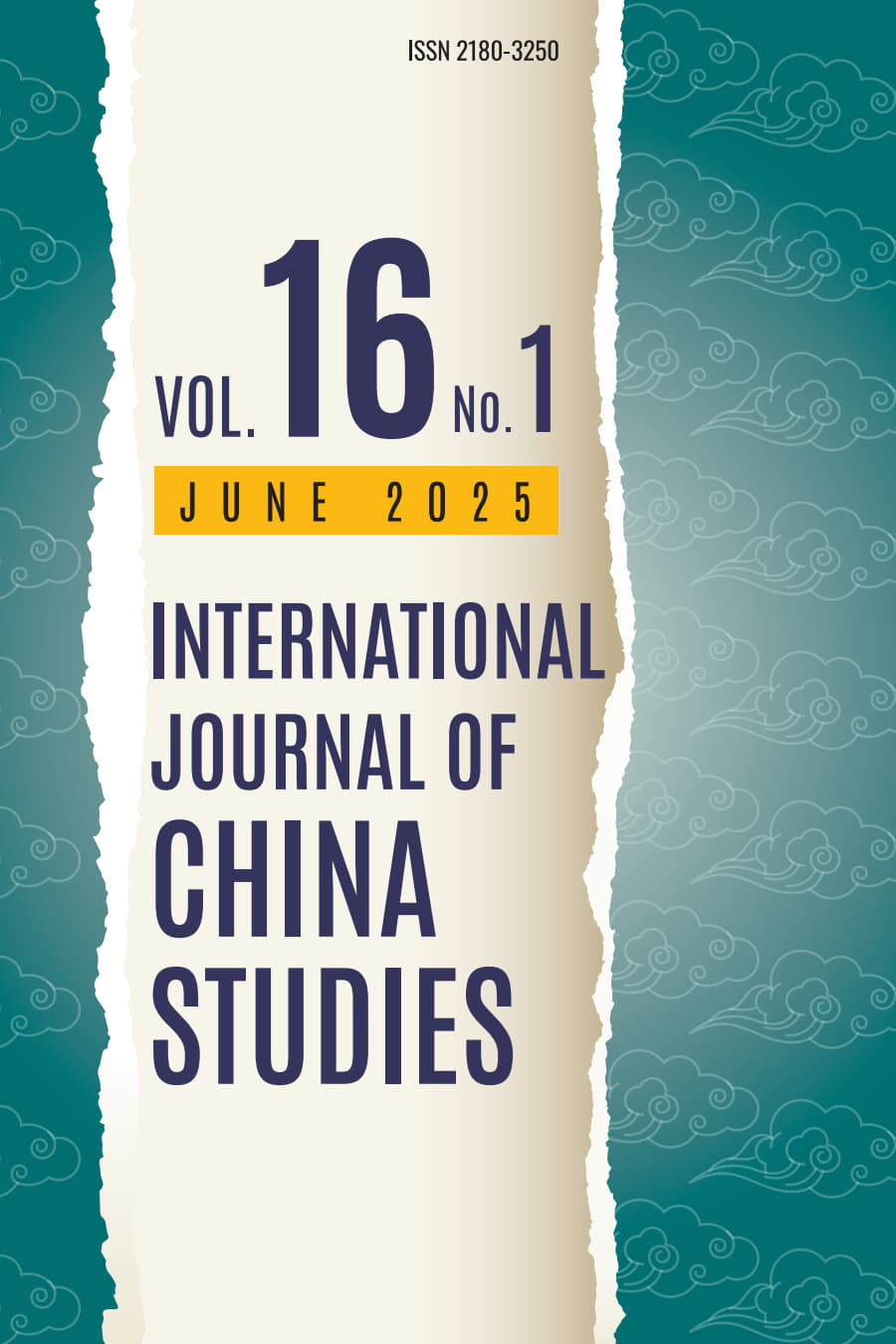The Decline of Shipbuilding and Maritime Capabilities in Vietnam and its Dependence on China’s Qing Dynasty During the Tự Đức Era (1848–1883)
Keywords:
Shipbuilding Decline, Maritime Transport, Tự Đức Era (1848– 1883), Vietnam’s Nguyễn Dynasty, China’s Qing Dynasty.Abstract
During the early Nguyễn Dynasty, Vietnam prioritized the development of its shipbuilding industry, constructing numerous vessels for water transportation and coastal defence. However, during Emperor Tự Đức’s reign (1848–1883), worsening internal and external crises, coupled with an increasingly depleted treasury, led to a severe decline in shipbuilding capacity. The number of ships dwindled, while existing large vessels and imported steamships fell into disrepair. Coastal shipping capabilities deteriorated significantly, and maritime accidents steadily increased. By the later years of Tự Đức’s reign, the Nguyễn Dynasty’s fleet was no longer capable of completing the annual transportation of official grain supplies between the north and south. At the same time, China’s Qing Dynasty advanced its shipbuilding and maritime industries through the Self-Strengthening Movement, establishing the China Merchants’ Steam Navigation Company and developed large-scale shipbuilding and maritime transportation industries. Chinese private merchant and fishing vessels also maintained strong maritime transport capabilities. Under the close suzerain-vassal relationship between China
and Vietnam, Vietnam was compelled to rely on Chinese official and private ships to assist with grain transport, anti-piracy operations, foreign maritime affairs, and the procurement of goods. This reliance on external support underscored the comprehensive decline of Vietnam’s maritime capabilities during the Tự Đức Era.

